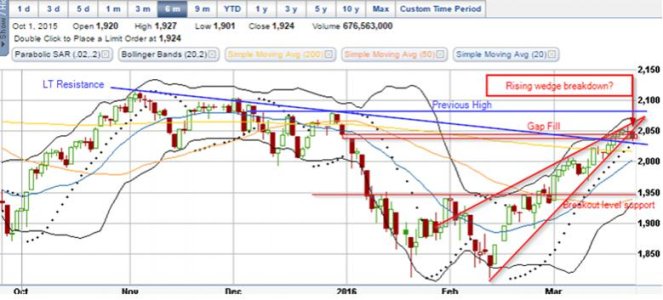-
The Forum works well on MOBILE devices without an app: Just go to: https://forum.tsptalk.com
-
Please read our AutoTracker policy on the IFT deadline and remaining active. Thanks!
-
$ - Premium Service Content (Info) | AutoTracker Monthly Winners | Is Gmail et al, Blocking Our emails?
Find us on: Facebook & X | Posting Copyrighted Material
-
Join the TSP Talk AutoTracker: How to Get Started | Login | Main AutoTracker Page
-
TSP Talk's NFL Survivor Pool - Winners posted!
-
The Forum works well on MOBILE devices without an app: Just go to: https://forum.tsptalk.com ...
Or you can now use TapaTalk again!
jpcavin's Account Talk
- Thread starter jpcavin
- Start date



 ) and got in my car and started driving. As I pull out of the parking lot, I hear this funny sound and people are looking at me funny...well, not really funny, just staring at me. :worried: What? Why's everybody staring at me? Am I dragging a dead body? What? Anyway, I get out of my car and look around and lo and behold, my right rear tire is completely flat. There appeared to be a nail stuck in it and when I placed my hand over it, I could feel air blowing out. A nice gentleman walks over and asks me if I have a tire pump. I say "yeah, sure, it's right there in the trunk right next to my beach chair and suntan oil." :laugh:
) and got in my car and started driving. As I pull out of the parking lot, I hear this funny sound and people are looking at me funny...well, not really funny, just staring at me. :worried: What? Why's everybody staring at me? Am I dragging a dead body? What? Anyway, I get out of my car and look around and lo and behold, my right rear tire is completely flat. There appeared to be a nail stuck in it and when I placed my hand over it, I could feel air blowing out. A nice gentleman walks over and asks me if I have a tire pump. I say "yeah, sure, it's right there in the trunk right next to my beach chair and suntan oil." :laugh: